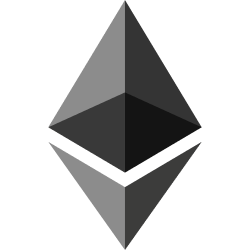TalentVerse provides you the chance to engage highly professional global blockchain experts leveraging a 14-days risk free trial period. Each blockchain developer for hire combines updated innovation and cryptography methods to optimize solutions utilizing only the modern practices. With strong proficiency in programming languages such as JavaScript, Python, and Ruby, they help you develop blockchain protocol applications, write robust smart contracts and secure the data-transactions from any third party manipulation. Our developers are rigorously vetted from strong technical for powerful blockchain solutions and tactful soft skills to empower high collaboration within the team.
Motivated by the goal to provide you top-tier blockchain developers for hire to beat the silicon valley giants in the industry and help you gain a competitive edge, we provide quality. With solid knowledge of data encryption and security concepts utilizing blockchain technology skills, we allow businesses and tech-savvy recruiters to find only the best for their project. Our developers use smart contract platforms like Ethereum, Polkadot, and Solana, to test the accuracy of each smart contract and execute logic once corrected through “oracle", a cryptographically protected streaming data source.



























